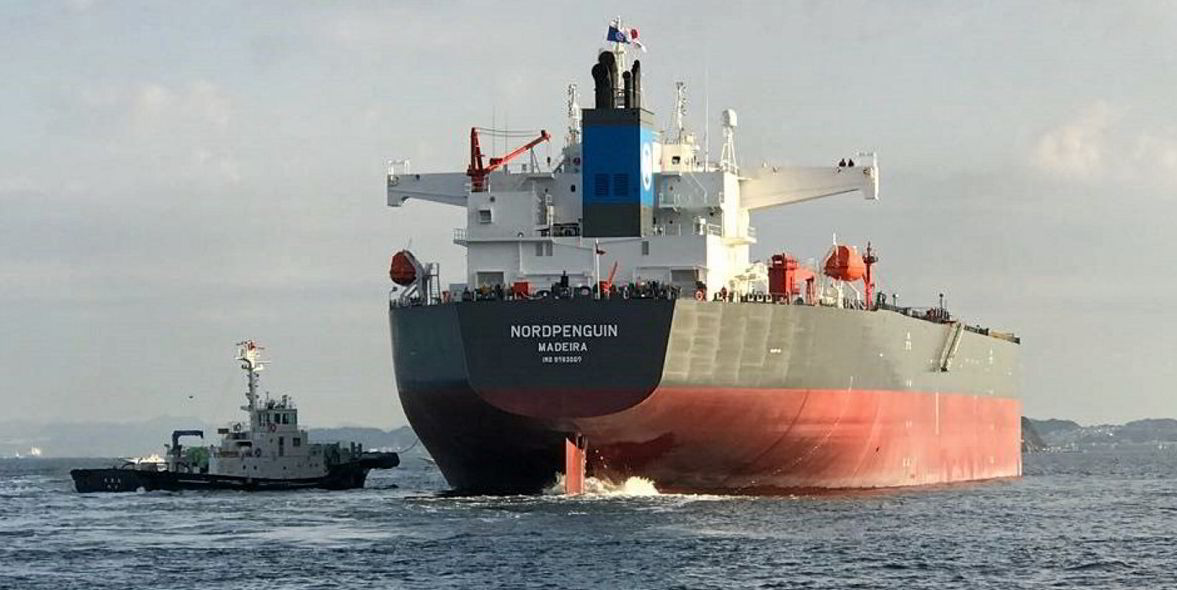A full recovery in the crude tanker market will probably not happen in 2021 because of flattish Chinese imports and strong growth of active fleet, according to a senior analyst.
Braemar ACM Shipbroking’s east-of-Suez tanker research head, Anoop Singh, said tanker owners could enjoy a profitable quarter later this year due to rebounding demand.
But, in an online Baltic Exchange forum on Monday, he warned that tanker markets probably will not be “fully out of the woods” until mid or late 2022.
“We see utilisation for dirty tankers sort of recovering to 2019 levels only through 2023,” he said.
Question marks over China
China, the world’s largest crude importer, has led oil demand growth in the east-of-Suez region since the second quarter of 2020.
But crude stocks in the country have also skyrocketed as importers filled commercial and strategic reserves with cheap barrels last year.
Braemar figures showed Chinese stocks stood at about 800m barrels last month, up from 300m barrels in November 2019.
Singh expects Chinese refiners to destock rather than increase imports to meet incremental domestic demand this year, possibly due to high oil prices, geopolitics and Beijing’s import policies.
“There are all these question marks around as to what will happen to stocks,” he said.
Braemar ACM's base case assumes stock draws will in effect neutralise growth in Chinese refining throughput.
“China’s crude imports will be flat at 2020 levels,” Singh said.
Iranian tankers
“Destocking will challenge imports, especially as oil prices rise. But what will also keep imports flat at last year's level will ... be the absence of a material stock build this year, unlike the last.”
Braemar forecasts the nominal capacity of the uncoated tanker fleet to rise by 1m dwt to 408m dwt in 2021, the smallest growth since 2014.
The figures take into account the scheduled delivery of 15m dwt and the forecast removal of 14m dwt.
Singh said not all of the fleet removal would be “visible”, as some vintage ships’ operational status became opaque after they entered sanctioned trades.
Of the 39 suezmaxes and 46 VLCCs aged 20 years or above, five suezmaxes and seven VLCCs are sanctioned, according to the brokerage’s data. A further seven suezmaxes and three VLCCs are in sanctioned trades.
Assuming Washington eases sanctions on Iran in the second half of 2021, Singh predicted the amount of tonnage in active trading will spike, with 39 or 40 National Iranian Tanker Co vessels joining the world fleet.
“That will remain a drag on the supply side,” he said.






